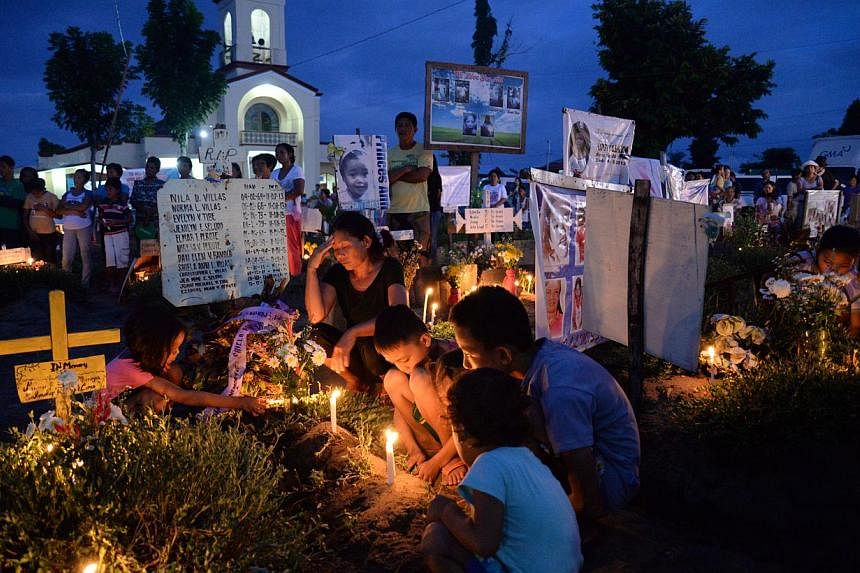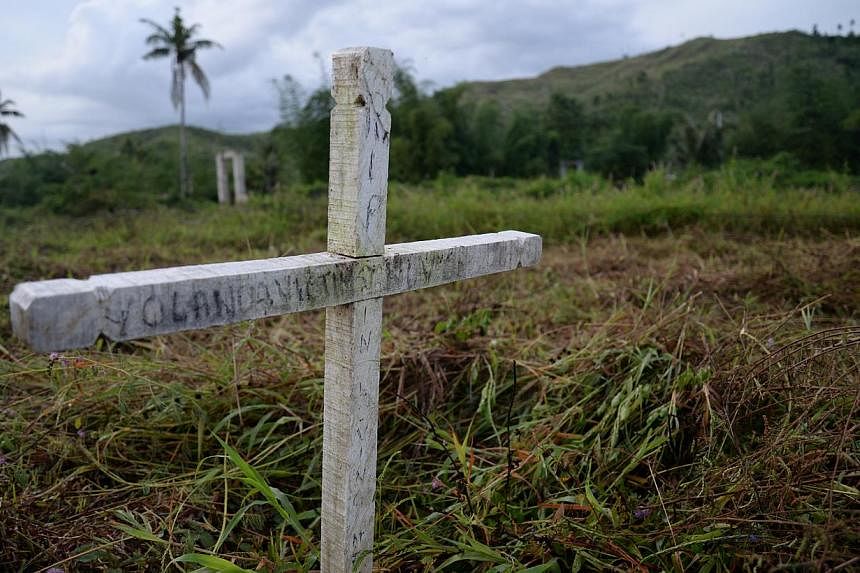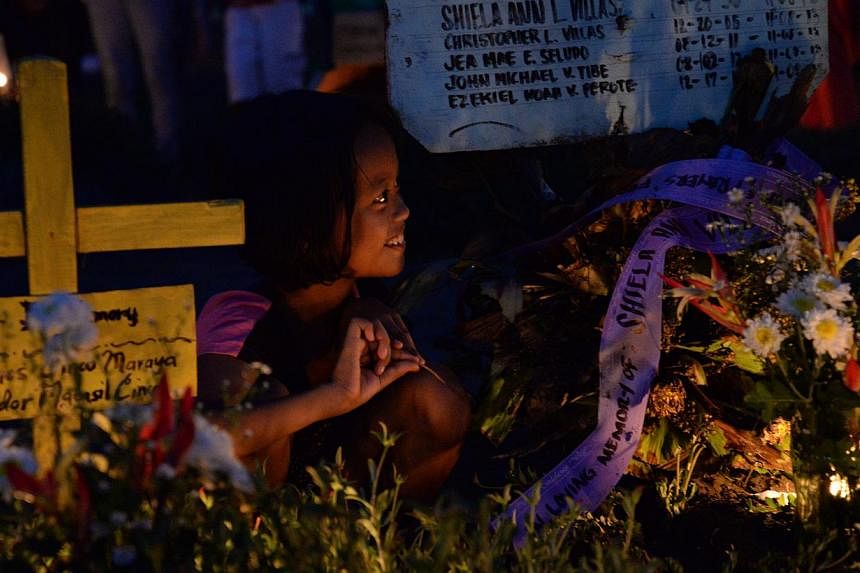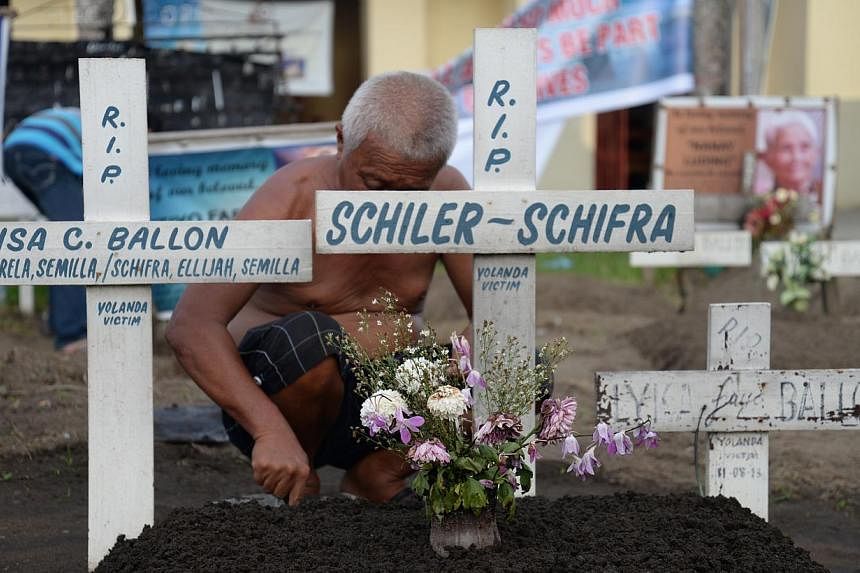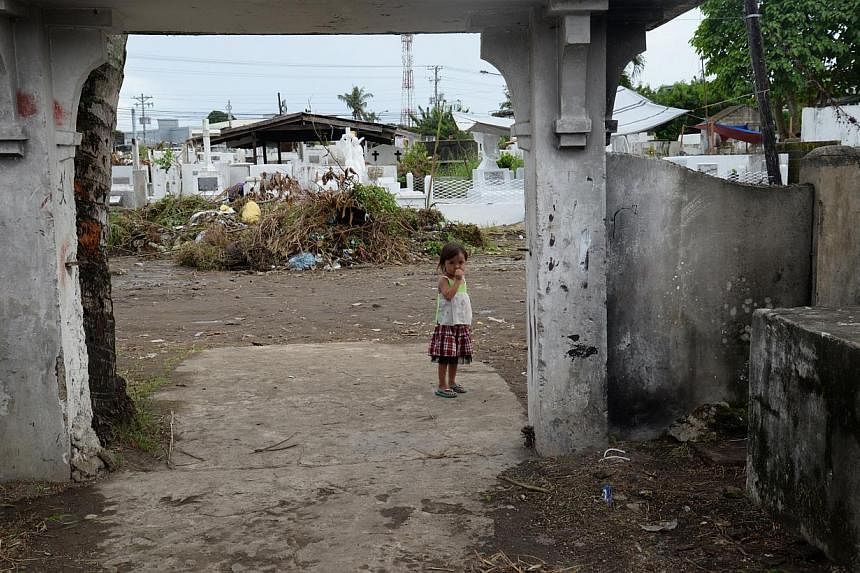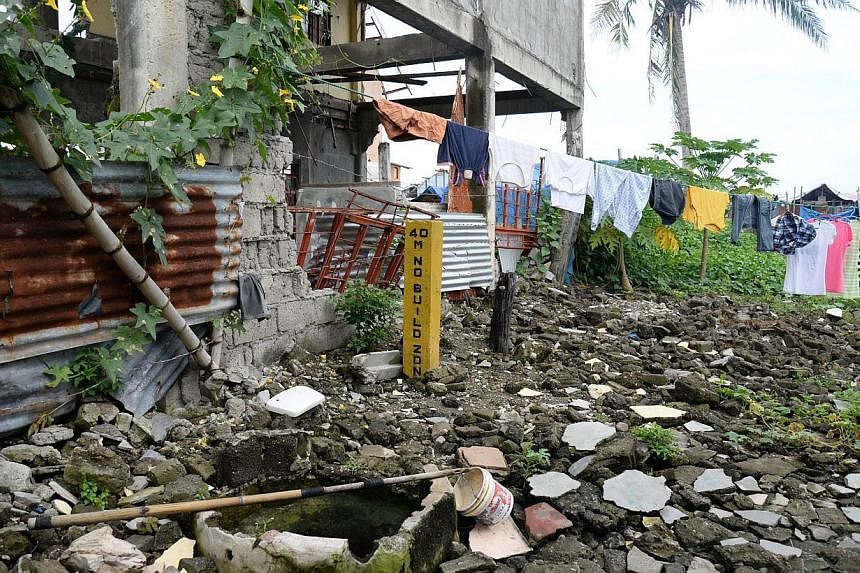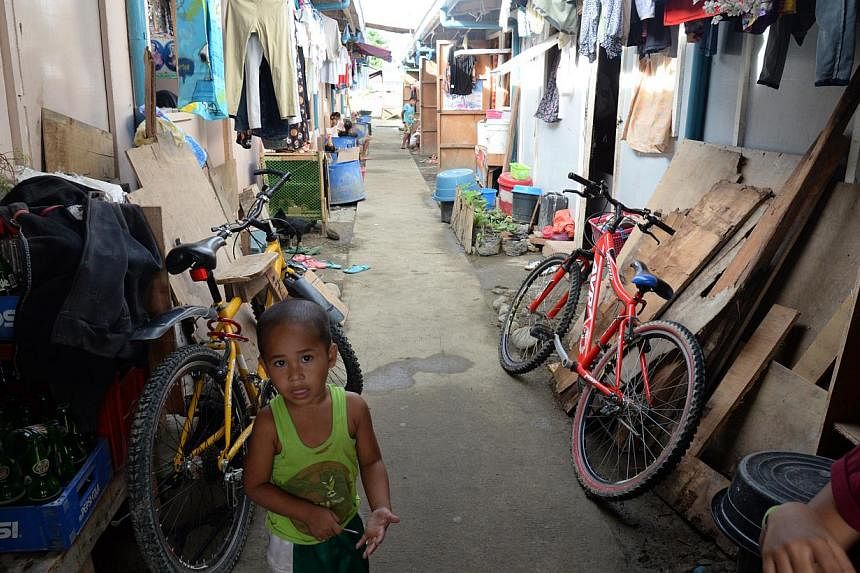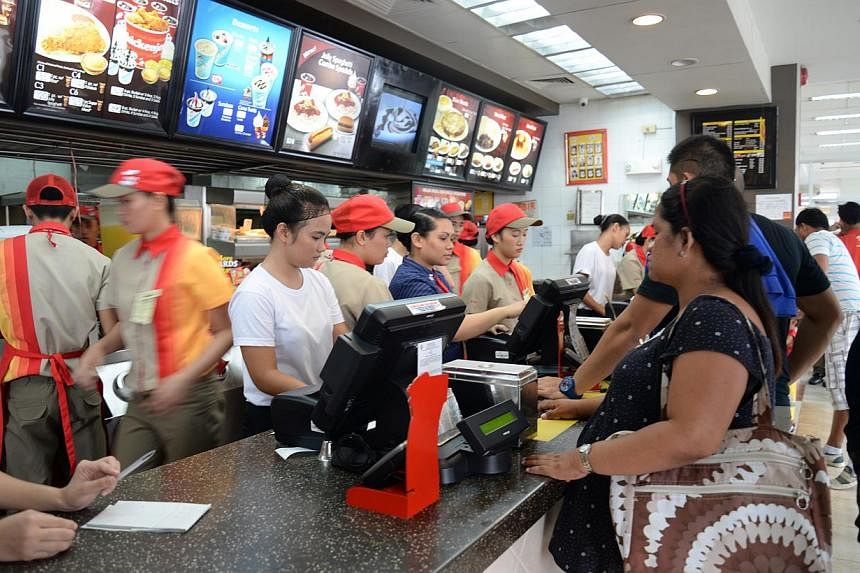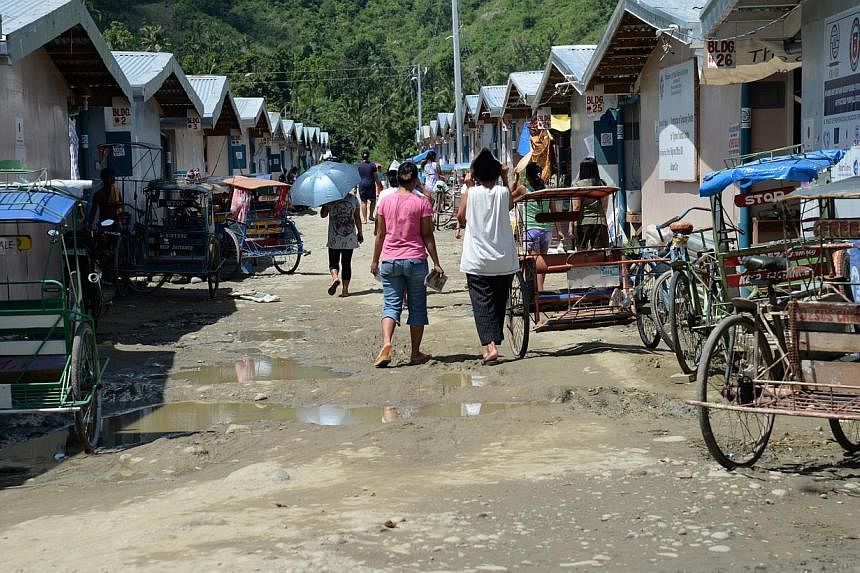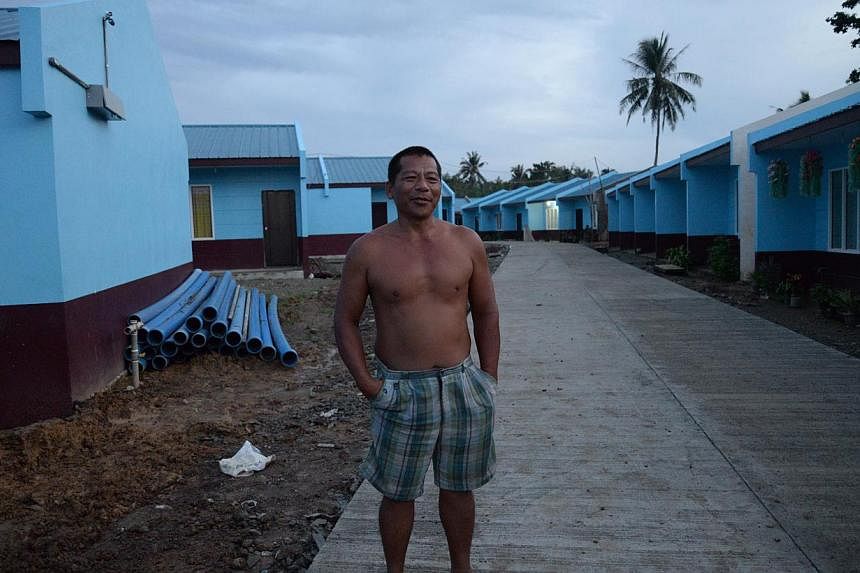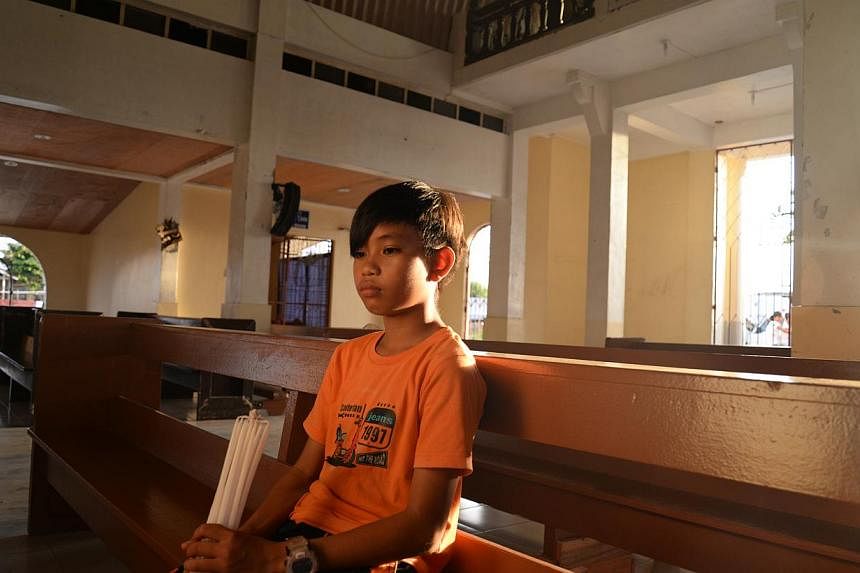Typhoon Haiyan tore through central Philippines on Nov 8, 2013, lashing densely populated islands with the strongest winds ever recorded on land and generating storm surges more than two-storeys high.
One year on, rebuilding efforts have been slow, incongruent and tentative. Here's a snapshot of the situation then and now:
What happened then?
- More than 14 million people affected;
- 6,300 people died;
- 29,000 people injured;
-More than four million people displaced;
- 1.1 million homes destroyed or severely damaged.
What's the situation now?
- More than 200,000 survivors are still living in bunkhouses and tents;
- In Tacloban city, which bore the brunt of Haiyan's fury, only 50 families out of more than 14,500 in evacuation centres have received permanent housing;
- Some 180,000 babies have been born in the past year, but only a third of hospitals torn down by Haiyan are up and running;
- Only 86 out of 729 classrooms that were planned have been built.
What's ahead?
- President Benigno Aquino has approved a 168 billion peso (S$4.8 billion), 8,000-page master plan for 171 cities and towns in 14 provinces and six regions;
- Most of the money - some 75 billion pesos - will go to resettlement;
- A township is being built on 400 hectares of government and private land in Tacloban for 14,500 families. It consists of permanent housing, schools, markets, fast-food outlets, petrol stations and other service establishments and is expected to be ready by 2017;
- But there are challenges involved, including a shortage of carpenters, masons, welders and electricians, and difficulty in transporting huge amounts of construction materials like galvanised iron sheets to Tacloban
